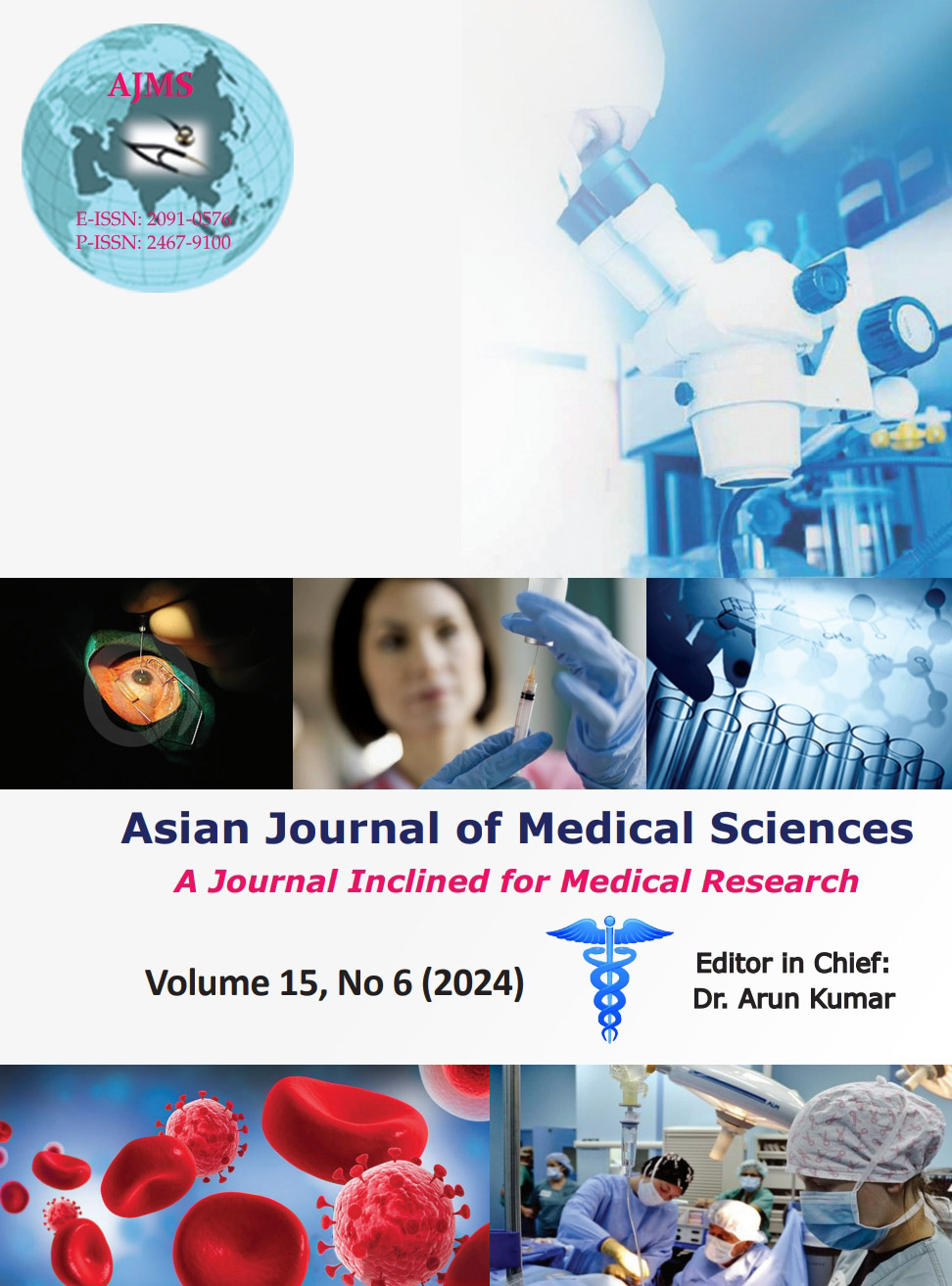Clinicoetiological profile and outcome of patients of acute febrile encephalopathy in a tertiary care hospital in New Delhi - A prospective observational study
Keywords:
Acute febrile encephalopathy; Central nervous system; Modified Rankin scale; Outcome; Mortality; MonsoonAbstract
Background: Acute febrile encephalopathy (AFE) in spite of being a common clinical condition is less known to the general population thereby resulting in delay in seeking medical attention with detrimental consequences. The causes can range from infectious central nervous system (CNS) and systemic diseases to non-infectious conditions such as neuroleptic malignant syndrome, poisoning, and drug overdose. Early diagnosis and prompt medical management can result in good clinical outcome in terms of morbidity and mortality.
Aims and Objectives: The aims and objectives are to study the clinical profile, etiology, seasonal variation, and outcome in patients admitted as case of AFE in a tertiary care hospital.
Materials and Methods: All patients of AFE fulfilling the inclusion and exclusion criteria admitted in the departments of neurology and general medicine in Batra Hospital and Medical Research Centre (BHMRC) New Delhi, a tertiary care hospital were subjected to study analysis. The patients underwent detailed history, examination, baseline, and special investigations such as cerebrospinal fluid and magnetic resonance imaging brain whenever needed. Patients of AFE were studied according to the prevalence, etiological diagnosis, and seasonal variations. The final outcome at discharge was based on modified Rankin scale (mRs).
Results: About 122 serially admitted patients diagnosed with AFE were found eligible and included in the study. About 47 (45%) patients had acute pyogenic CNS infection while as 36 (35%) had non-pyogenic CNS infection followed by malarial, tubercular, and cryptococcal CNS infection. We found maximum number of cases (n=61, 50%) of AFE during monsoon followed by 36 patients (30%) in post-monsoon, 15 patients (12%) were in summer, and only 10 cases (8%) during winter. We found higher and statistically significant disability in CNS infection group, patients with delayed hospitalization (P=0.001), and lower Glasgow coma scale (0.00001).
Conclusion: AFE being a condition with serious consequences, we conclude that clinical suspicion, sensitization, and swift response from the treating physicians are required to avoid worse outcomes associated with the delayed diagnosis and late hospitalization of these patients.
Downloads
Downloads
Published
How to Cite
Issue
Section
License
Copyright (c) 2024 Asian Journal of Medical Sciences

This work is licensed under a Creative Commons Attribution-NonCommercial 4.0 International License.
Authors who publish with this journal agree to the following terms:
- The journal holds copyright and publishes the work under a Creative Commons CC-BY-NC license that permits use, distribution and reprduction in any medium, provided the original work is properly cited and is not used for commercial purposes. The journal should be recognised as the original publisher of this work.
- Authors are able to enter into separate, additional contractual arrangements for the non-exclusive distribution of the journal's published version of the work (e.g., post it to an institutional repository or publish it in a book), with an acknowledgement of its initial publication in this journal.
- Authors are permitted and encouraged to post their work online (e.g., in institutional repositories or on their website) prior to and during the submission process, as it can lead to productive exchanges, as well as earlier and greater citation of published work (See The Effect of Open Access).




